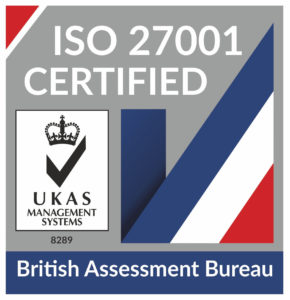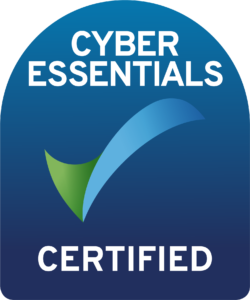
HaloITSM Guides
Documentation to assist with the setup and configuration of the HaloITSM platform
Asset Management
The "Asset Management" section of the configuration console is the key to effectively sorting and managing your asset. This has 4 sections:
- General Settings
- Asset Groups
- Asset Types
- Asset Fields
Fig 1. The Asset Configuration Area in the View Panel
Taking each one in turn exploring the uses for each.
General Settings
These are overall management settings for your Assets.
Here is where you can import your assets and Asset types from populating your asset catalogue in Halo.
Asset Groups
Here is your list of asset groups, these are the top level sorting before asset type. This is useful for grouping types for searching and sorting.
Click on an existing group to edit it, or click new in the top right to add a new one. The only options here are the name and notes associated with the group.
Asset Types
Your asset types are the main denomination of your assets. These are associated with a single group, a given list of fields and a set of documents related to the asset.
Click on an existing type to edit it, or click new in the top right to add a new one. You will be faced with the following options:
- Enter a name.
- Assign a group to the asset type.
- Enter any relevant notes.
- Navigate to field list.
- Click the ⊕ to add new fields.
- Add all the relevant fields to the asset type.
- Click the pencil to edit any existing field added:
- You should choose 3 key fields for each asset type.
- These are the 3 fields that will display in the list of assets as columns.
- If you do not denote the 3 key fields, Halo will select these from the top of the field list.
- Add an icon using the button on the top if relevant.
- Click save.
Navigate back into the Asset type to add any documents. These can be documentation, EULAs or otherwise.
You can also clone an existing type to mirror one that already. To do this, hover over the 3 dots button on the type you wish to clone and press clone. Rename this new clone then head back to the list to edit the details of this.
Halo also provides the option to create assets by scanning an associated barcode. To do this, please ensure the 'Enable Scanners' option is ticked under Configuration > Asset Management > General Settings:
Fig 2. Enabling the Scanners Option for Assets
You will then be able to add assets into Halo by using the barcode scanner functionality, which you will see as an option on the main asset screen:
Fig 3. The Scan Barcode or QR Code Options in the Assets List
Simply scan the barcode of the asset and the "New Asset" screen will dynamically appear.
Additionally you can create Barcodes for assets here:
Fig 4. Bulk Creating Barcodes for Assets
Additionally you can create barcodes for singular assets by clicking into an asset from the list, and using the generate pdf button:
Fig 5. Generate PDF Button on an Asset
The default PDF template shown here:
Fig 6. The PDF Template Selection When Generating a PDF
Will be the one set as the default from within Configuration > Asset Management > General Settings:
Fig 7. Default PDF Template for Assets
When using the bulk print option, the PDF generated will display like this:
Fig 8. Bulk Printing Asset Barcodes
Asset Fields
This is where you can create extra fields that will store data relevant to each asset, e.g. an IP address. On creating these fields, make sure you press "Add to all Asset Types" to ensure they show up on every asset.
For more information on asset fields, check out this guide: Asset Fields for custom field configuration, check out this guide: Custom Fields
The Difference between asset fields and custom fields for assets
So the key differences between Asset Fields & Custom Fields for Assets are as follows:
- Custom Fields for Assets provide more options within the configuration of the field itself, but cannot be added/removed per Asset Type.
- Asset Fields provide fewer configuration options within the Field, but can be added to specific Asset Types.
Popular Guides
- Asset Import - CSV/XLS/Spreadsheet Method
- Call Management in Halo
- Creating a New Application for API Connections
- Creating Agents and Editing Agent Details
- Departments and Teams
- Halo Integrator
- Importing Data
- Multiple New Portals with different branding for one customer [Hosted]
- NHServer Deprecation User Guide
- Organisation Basics
- Organising Teams of Agents
- Step-by-Step Configuration Walk Through



